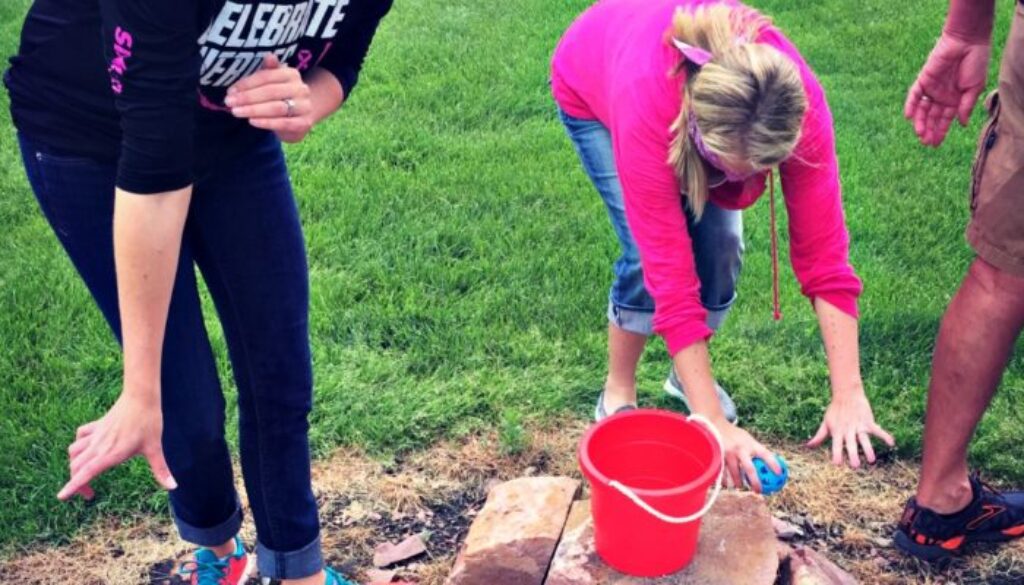Team Building Communication – A Strengths Based Activity
When you’re working on a team, communication can be one of the greatest obstacles to achieving your shared goals. Different styles, different expectations and different ways of interpreting the same information, can lead to the wrong message being received.
Understanding your strengths helps you know your own style of communication and the style of others. Just because you don’t have the strength of communication, doesn’t mean you don’t communicate. Each of the 34 strengths have an inherent way that they communicate.
Here is a recent example.
Brian, our boss and LVC President, has the strength of Intellection. He spends A LOT of time thinking and processing ideas. Sometimes, because he has thought about something so much, he leaves out bits of information, assuming we know what he is talking about. Often, it is because he has been mulling something over and thinking through how a conversation might go, he believes he has already shared all we need to know. Over the years, he has learned that some of us (mostly me), want to know a lot of the “why” behind something before asking for a solution or opinion. Because of this, he will often share all kinds of information to paint a bigger picture.
Conversely, I have the strength of Communication, and like to explain all of the details and “why” behind something. I have learned Brian doesn’t need that, so I try to fine tune my communication style with him to be more succinct. We are constantly fine tuning our communication with one another.
The Team Building Communication Activity – Blindfold Ball Drop
Here is a team building communication activity that utilizes strengths. The “Blindfold Ball Drop,” is designed to highlight communication styles. While communication styles are a bit exaggerated here, this activity presents a catalyst for some excellent conversation.
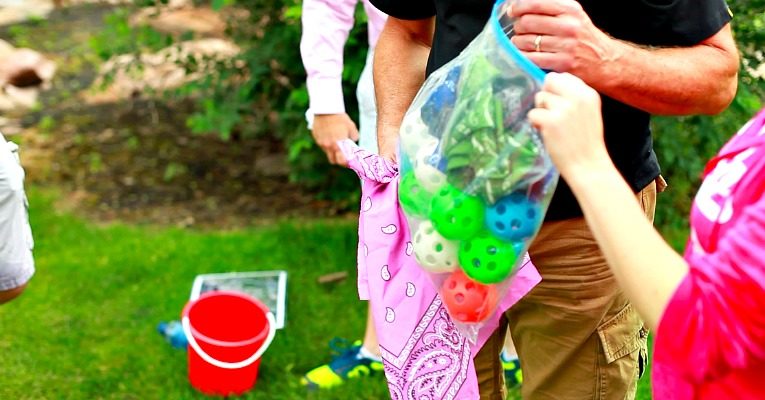
The objective of this challenge is for each team member, while blindfolded, to clear the field of wiffle balls, and place them into corresponding containers, only being guided by the voice of a partner.
To get started, head to your local dollar store for the following items:
- 15 – 50 wiffle balls (typically 3 – 4 per person is enough)
- 4 medium sized buckets or containers of some kind (office copy paper boxes work great too)
- Enough blindfolds for half the group to use at the same time
- A field approximately 10-15 yards long and 10-15 yards wide. (The size of the field does not have to be exact. It is more important you find a space large enough for the number of people you have participating to spread out.
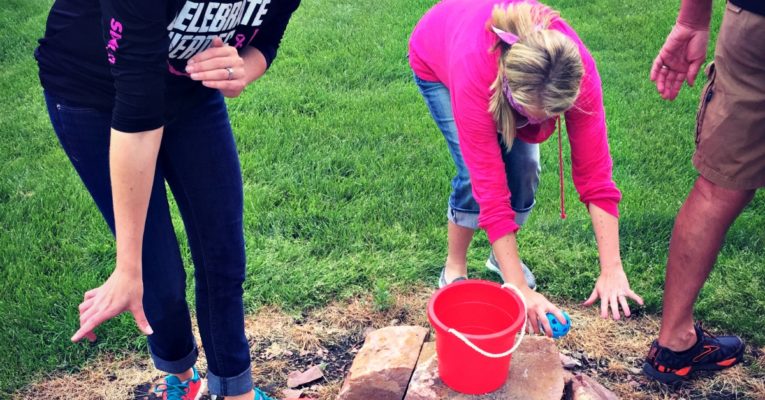
Instructions
- Place the containers at one end of the playing field.
- Tell team members to pair up and distribute a blindfold to one member of each pair.
- Place one team member on each end of the playing field with the team member without the blindfold standing near the container.
- Once blindfolds are on, the facilitator should scatter the balls all over the field, random distances, distributing them widely.
The team members not blindfolded, and standing behind the containers, cannot move! They may guide only their partner, using only their voice, to pick up the wiffle balls and place them into the containers near them.
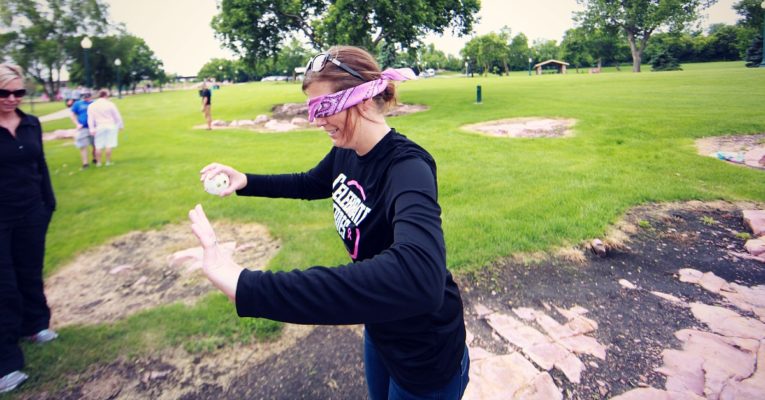
Once complete, switch roles and repeat.
Role of the Facilitator
The facilitator may choose to add in little things, like standing in front of a blindfolded person, or moving things around for difficulty.
The facilitator should also note how each participant is giving and receiving instructions along the way.
- Is the non-blindfolded person using a lot of detail?
- Are they being extremely intuitive in their instructions (“move left” or “move 3 paces to your left”).
- How do communication styles change during the activity?
The point is to observe communication styles, both verbal and nonverbal. Strengths often manifest themselves most in the way we use them to convey an idea or message.
Here are a Few Debrief Questions
- How did your strengths impact the way you gave information?
- How did your strengths impact the way you received information?
- How do communication styles change with additional resources or knowledge?
- What observable differences were there in the way team members communicated?
- What can you connect back to a behavior, based on one or more of your strengths?
Chaos and Confusion… Like Real Life
Participants often say the chaos and confusion during this team building communication activity, when everyone is yelling instructions at once, mirrors their team environment. With communication coming from multiple sources at various times, it can be difficult to understand what is most important to focus on.
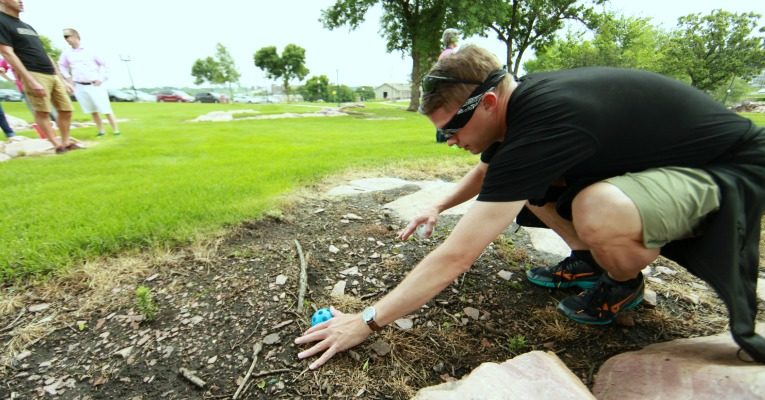
Sometimes, when you are able to understand the way someone else wants to receive information, you can change and adapt your message so that it will be heard in the most effective and efficient way. One woman we were recently working with said,
Now that I know Susan wants lots of details, I need to spend a little bit more time thinking through them before just dumping this on her.
Good luck and have fun!
How have you noticed your strengths add to, or detract from your communication style?

